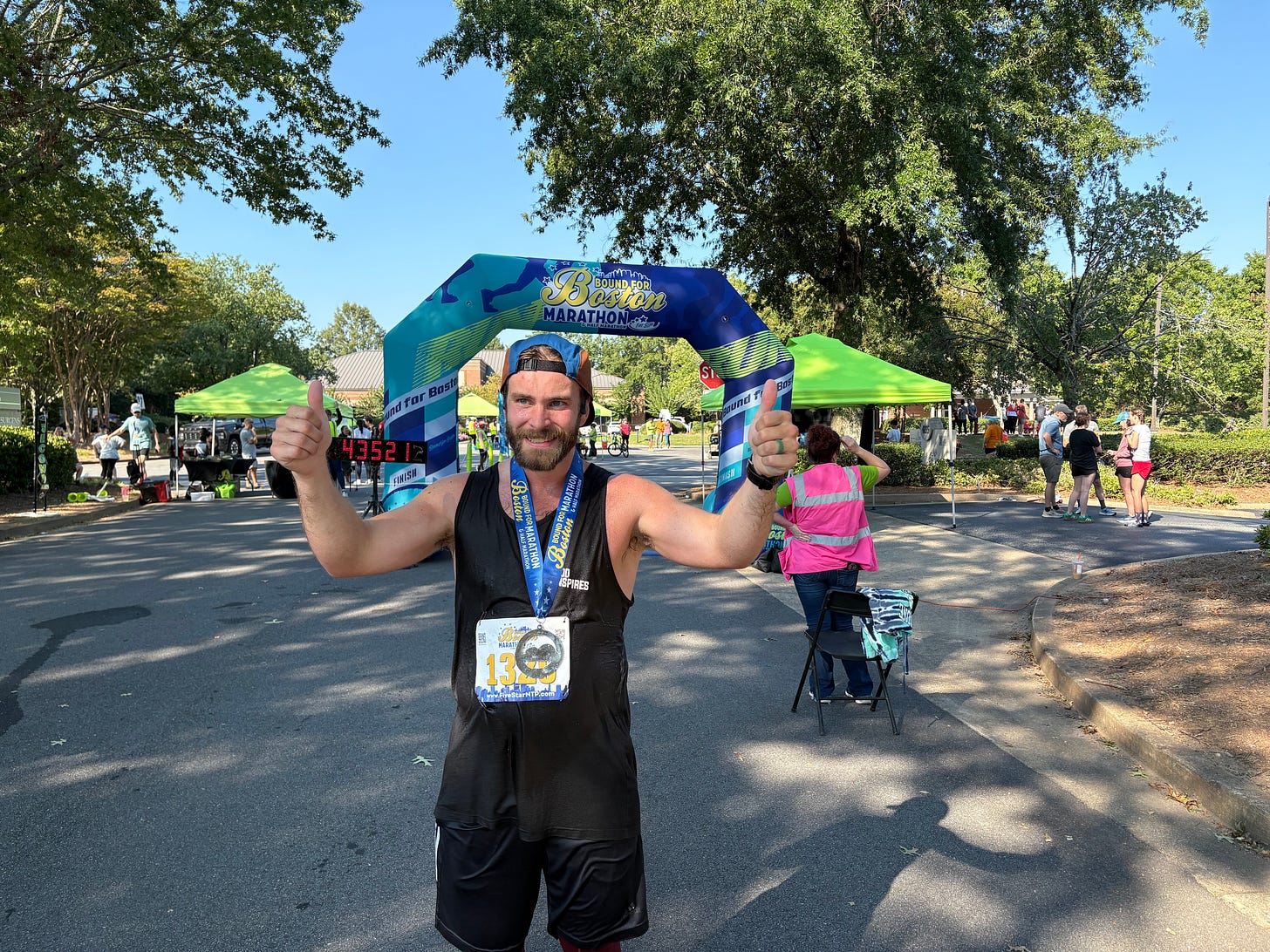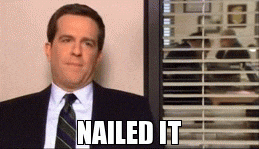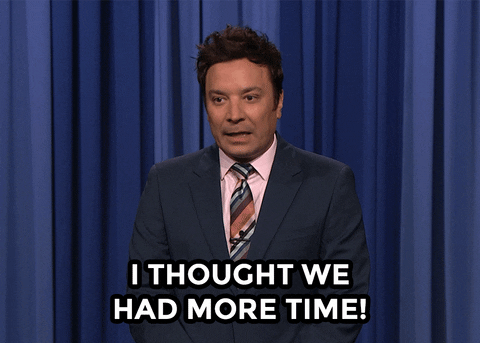(Not) Bound for Boston
Breaking 2:55 (Ep 3)
Hey everyone and welcome to another running article!
First of all, if you are new, welcome! Make sure you are subscribed and you can get these letters straight in your inbox!
Recently, I ran my 4th and potentially my slowest marathon to date.
If you have been following along, then you know this course was a 1 mile flat loop, designed for a fast PR in the marathon. That’s why it was called “Bound for Boston.”
So now the question is…why am I not bound for Boston?
Let’s jump in!
Taper
Leading into the race, I wanted to implement a proper taper. From all the wisdom I’ve gleaned from books and other content creators, I think there are 3 general components to training:
Volume: how many total miles you run in a week
Intensity: how hard you run those miles
Frequency: how many days a week you run (3, 5, 6, etc)
Throughout your training block, these 3 components will typically either stay consistent or go up. Note, leaving all 3 consistent probably won’t get you progress.
Typical training blocks see the biggest change in volume. You may start a block running 40 miles a week and peak at 70 for instance.
A taper, however, is a very important piece to racing at 100%.
See, during training, you are constantly beating your body down, then letting it recover, then beating it down again.
Every time you recover, your body builds back up stronger than before. We call that adapting.
But during training, this happens so frequently, we don’t ever truly reach 100% recovery.
That’s the goal in the taper.
A big piece of wisdom here comes from those 3 pillars of fitness. A good taper reduces only 1 of those pillars.
So during your taper, if you are used to 2 quality sessions a week, running 6 days a week, and averaging 60 miles a week, you can lower one of those.
A lot of people might be tempted to lower all 3. And then run only easy miles, accumulate 20-30 miles a week, and do that for your 2-3 week taper.
I think this is a huge mistake and will leave you feeling dull and slow on race day.
My personal favorite is to lower the volume. Keep your higher intensity sessions, but just lower the total volume of the week. Run the same number of days (except race week I do take off a few extra days leading into the race).
My biggest suggestion here is to ensure you keep at least 1 quality session even on race week. Reminding your body what it feels like to have quick leg turnover and run faster than race pace is a sure fire way to help boost psychology and give you a good start on race day.
And that is exactly what I did during my taper.
The other important factor during a taper is a good carbo load.
I’ll keep it simple here because there are calculators that estimate your suggested carbs to intake for a 2 or 3 day carb load.
Like this one: Carb Load Calculator
The main rule of thumb is don’t try anything super fancy or new, but don’t overthink it either.
I don’t always eat bagels, but they sure do make it easy to get a ton of carbs in.
I truly think that you could probably eat a whole pizza before a race and do just fine.
I’m more wary of super greasy and high inflammatory foods, but in general, fuel is just fuel.
So I would side on sticking to what you know, but also don’t be afraid to reach for a bagel even if you don’t normally eat that.
Race Day
Like I said, this was a very interesting course to race on.
It was a 1 mile loop (although a little less than a mile, but more on that in a second).
Because of the looped structure, they had optional start times as early as 5:30am. I decided to stick with the normal start time of 6:30am. (This is why the clock in my finish pic says 4:35).
God really blessed the weather that day because even though the race was August 31st, the weather was phenomenal. A weird cold snap came in just in time for the race!
Going into this race, I thought a 1 mile loop would either go horrible or it would go great. No in between.
And surprisingly, it went great! I was able to get a good rhythm and it was encouraging to see my wife and family 2-3 times in the lap.
It also made getting my gels and carb drink super easy!
So all in all, I’d definitely do a looped course again!
Now, the race itself…was very interesting.
I went into this training block hoping to get sub-3, but that goal quickly turned into just hoping for a PR (under 3:18). So my target was a race pace around 7:20/mile.
Now, a lot of my training runs were in hot summer heat so that can have a huge effect on your pacing. With that in mind, ChatGPT thought I could nail a 6:50/mile pace and get that sub-3 marathon.
I was skeptical of AI’s advice. Aferall, ChatGPT has never run a marathon. It’s never run anything. It’s a computer.
So I thought I would try to start conservative around 7:20 and if I felt strong at the half way point, I’d drop the hammer.
If you have ever done a race like this, then you know that starting conservative is…difficult.
You are super fresh off a taper, fueled up to the max, and the race energy is coursing through you. My expectation was to start off super fast and feel super good…like I’ve done before…and then quickly dial it back to 7:20 expecting 7:20 to feel super duper easy.
The race started…
I took off, feeling strong, feeling fast, just as expected.
Then I looked down at my watch after the first turn to make my adjustment, and there it was to my disappointment: 7:20/mile.
I was already running my race pace!
Hooray! Hooray! You are so great at pacing yourself!
Except that was not what I wanted. I wanted 7:20 to feel slow, not fast.
So I held on to 7:20 as long as I could.
But like most races, the time slipped slower and slower.
I never gave up, though. I continued to push and was able to push it through the last couple of miles. I thought I would drop the hammer in mile 20 for the final 10K, but at that point my hamstring started to tighten on me, which is a first.
And thus…I ended up crossing the finish line around 3:28. Technically, the clock says 3:34 or something, but that’s because I may have gone an extra lap and ran 27 miles.
Like I said before, the course was a little wonky. It was not a 1 mile loop, but in reality it was more like 0.8. So the miles started ticking off at different spots. They also told me the race was 26.8 miles instead of 26.2 so being around 27 meant I was pretty spot on.
But some other people finished in 25.5 miles claiming they ran the tangents really well…I think they just cheated.
But to each their own.
I finished strong, felt good, and recovered quicker than any of my other marathons. But I still felt defeated.
The marathon took me out once again, but this time I couldn’t blame weather, poor nutrition, hydration, or lack of training. I wasn’t sure what happened.
The Running Public Q+A
If you don’t listen to podcasts, they are worth it. If you don’t listen to running podcasts, they are also worth it!
Although I only listen to 1: The Running Public.
They do Q+A episodes every now and then and they just so happened to do one a week after my marathon. And I just so happened to get a question into the episode.
My question was a bit more nuanced, but at the end of the day I just wanted their advice as to what happened in my race.
Their first reaction: lingering fatigue.
They came to this conclusion because I mentioned I had PR’d in the marathon in March and then was trying to PR in this marathon on a much faster course and missed it by 10 minutes.
What they said is that when we stack blocks like that, sometimes we can carry fatigue with us.
When they said that, everything clicked.
That is exactly what happened!
I didn’t even mention to them that after the spring marathon, I also trained for a big Spartan Beast in June, followed by jumping into this marathon training block without much rest at all.
Stack on stack on stack.
And that lingering fatigue is exactly the feeling I had. My nutrition was dialed, I didn’t feel like I was dehydrated or running out of fuel. I didn’t have stomach issues. I didn’t feel weak or tired. But when I tried to run faster, it was like my body just couldn’t do it. There was no faster gear available.
So if you wonder what fatigue feels like, that’s it. Everything else can click, but the faster paces are simply unavailable.
What’s Next
So that leaves us with a big…what’s next?
At one point, next was a European marathon in October.
Life changes quick sometimes and the Europe trip is actually canceled, and it’s a huge relief to Taylor and I. Planning baby showers, travel, and getting baby ready is so busy, adding a 3 week trip to Europe was a bit stressful.
After hearing my podcasters, I’ve decided the best thing for me to do is not jump into another marathon.
Could I run another?
I think yes.
Can I PR, though?
I don’t think I can in October.
It’s not enough time to recover from fatigue, adapt, and build back up.
So instead, I want to focus my efforts on continuing to strength train so I have a resilient body that doesn’t break down under the stress of training. And I also want to reduce my running volume drastically. I don’t plan to run 6 days a week right now, but I also plan to increase how much high speed training I do.
In fact, over the next few months, my goal is to increase my 1 mile PR, my 400m, and my 100m sprints. Total flip from a marathon.
After all, unlocking new speeds, means slower paces feel easier. So maybe if my all out mile decreases by 30s, then my marathon pace could too.
I also have some non-running related goals for fitness like re-introducing martial arts training and mastering some upper body calestenics moves.
After this marathon hiatus, next spring will take a big turn again as I focus on my first mountain ultra marathon!
So don’t worry, the marathon dream isn’t dead. We are just playing the long game.
We are still in the Breaking 2:55 series and we won’t leave it until it’s finished.
But the true joy in a goal is not in achieving the goal, but in the journey to it.
And that is a huge theme to this whole newsletter: joy.
And in fact, God’s timing is wonderful because I just began doing a deep study into the book of Philippians, which is often nicknamed the epistle of joy. So you can look forward to hearing my takes on Biblical Joy and how it applies not only to running but all aspects of life.
So if any of this training sounds interesting, if you just want to follow my journey, if you want to learn about joy, or if you want to continue getting an insider’s tips and tricks on achieving fitness goals, then consider subscribing. It’s totally free!
And if you know someone interested in this kind of content, share it along!
Until next time, run with joy!












